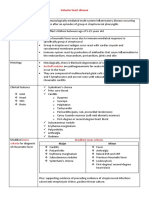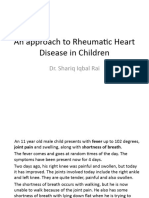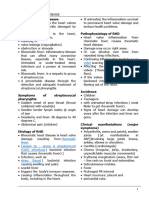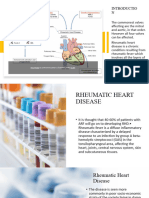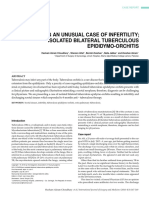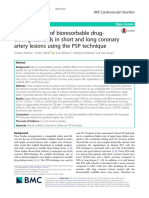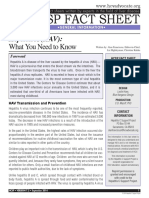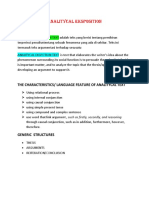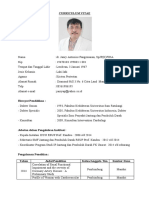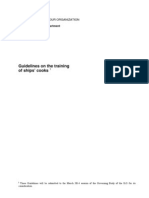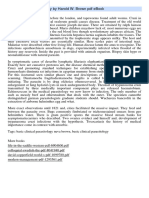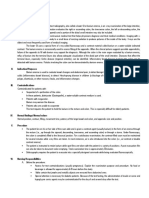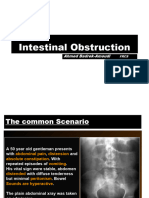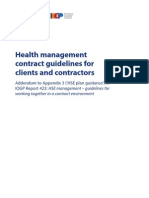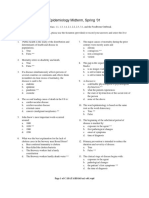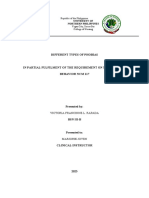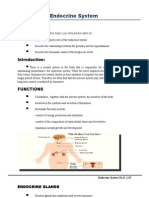0% found this document useful (0 votes)
68 views72 pagesDr. Musnidarti, SPJP, Fiha
The document discusses acute rheumatic fever, including its definition, etiology, pathology, diagnosis, complications, and prevention strategies. It causes inflammation in multiple body systems including the heart. It usually follows a streptococcal throat infection and is diagnosed using modified Jones criteria along with evidence of a strep infection. Prevention relies on prompt treatment of strep throat with antibiotics.
Uploaded by
sovianCopyright
© © All Rights Reserved
We take content rights seriously. If you suspect this is your content, claim it here.
Available Formats
Download as PPT, PDF, TXT or read online on Scribd
0% found this document useful (0 votes)
68 views72 pagesDr. Musnidarti, SPJP, Fiha
The document discusses acute rheumatic fever, including its definition, etiology, pathology, diagnosis, complications, and prevention strategies. It causes inflammation in multiple body systems including the heart. It usually follows a streptococcal throat infection and is diagnosed using modified Jones criteria along with evidence of a strep infection. Prevention relies on prompt treatment of strep throat with antibiotics.
Uploaded by
sovianCopyright
© © All Rights Reserved
We take content rights seriously. If you suspect this is your content, claim it here.
Available Formats
Download as PPT, PDF, TXT or read online on Scribd
/ 72











